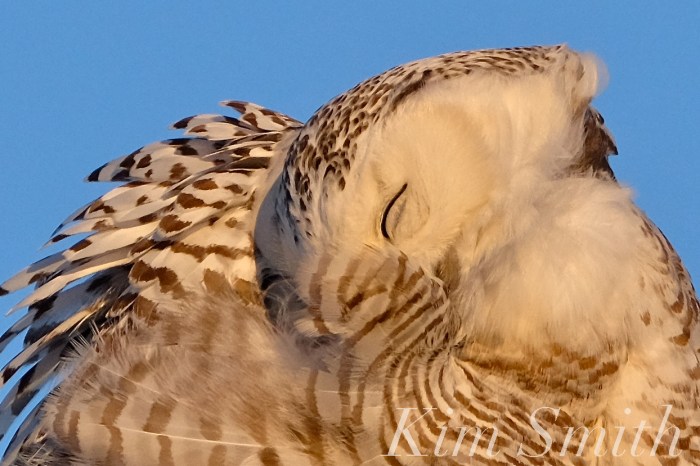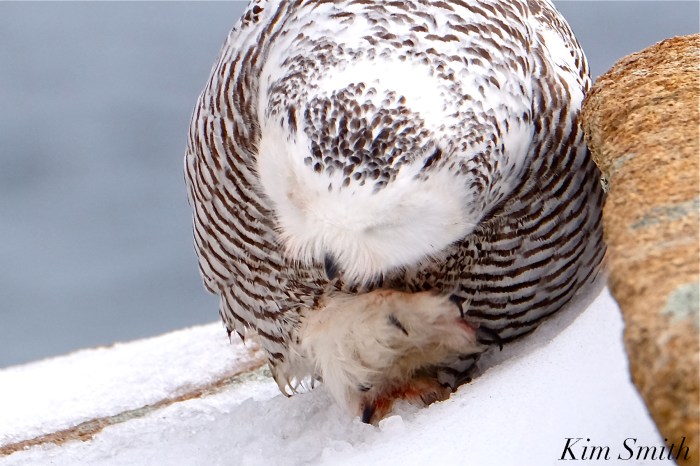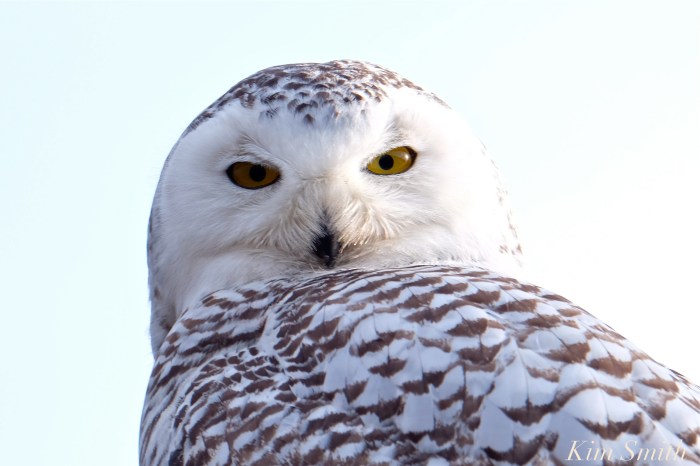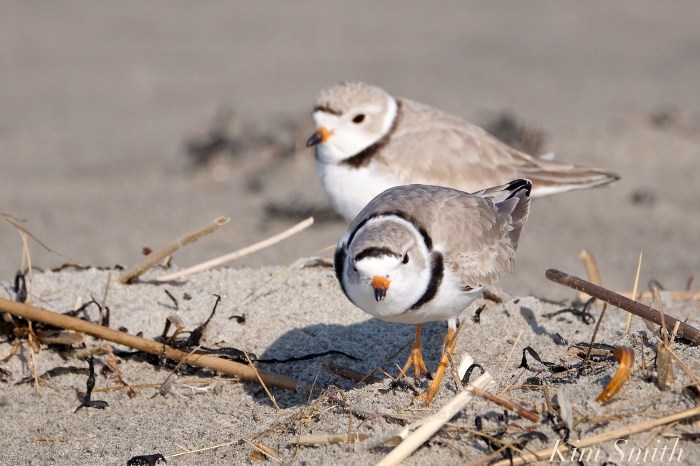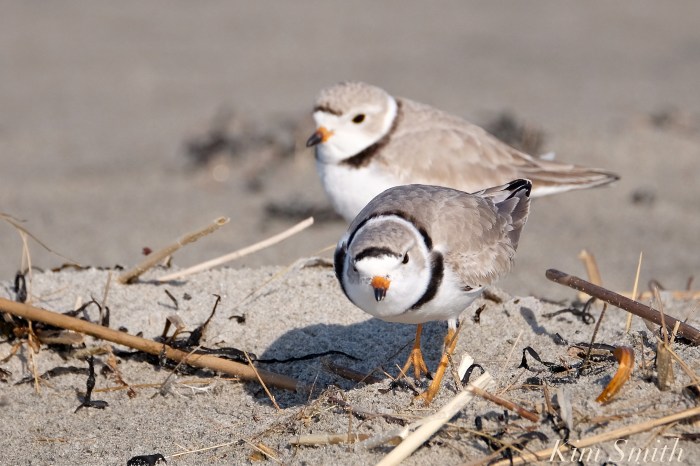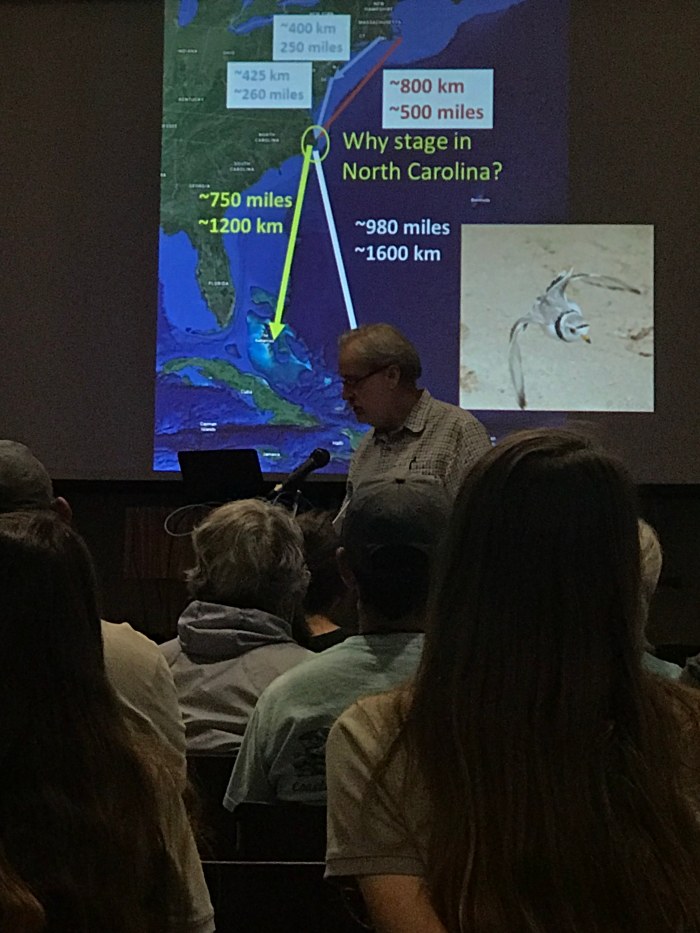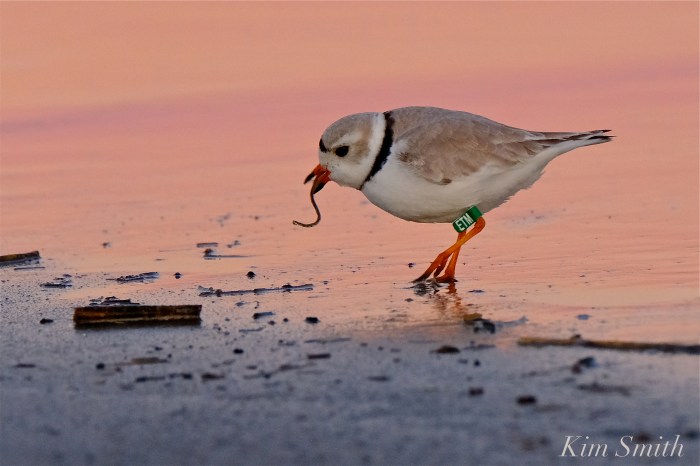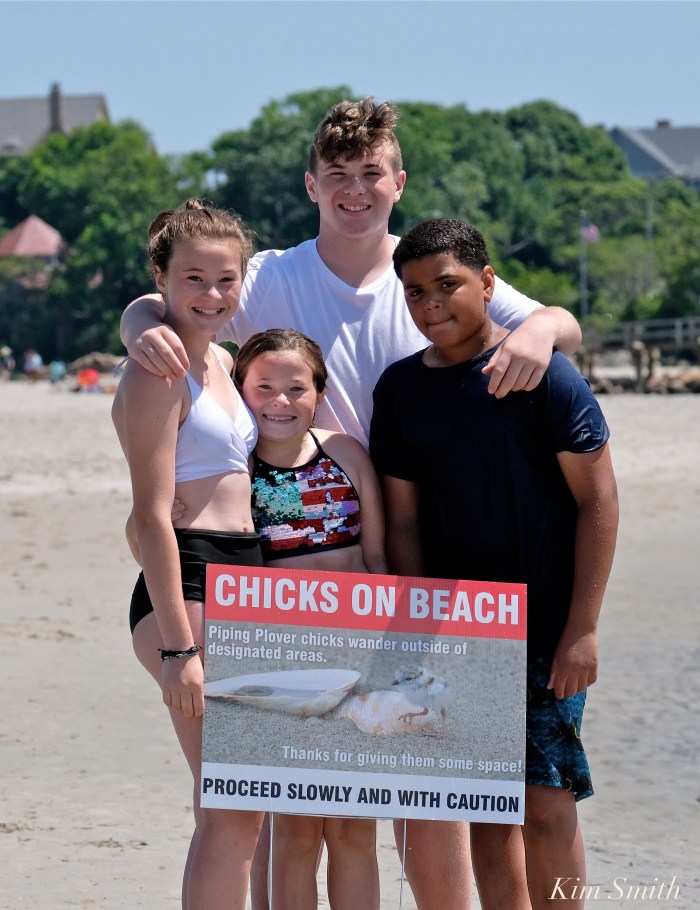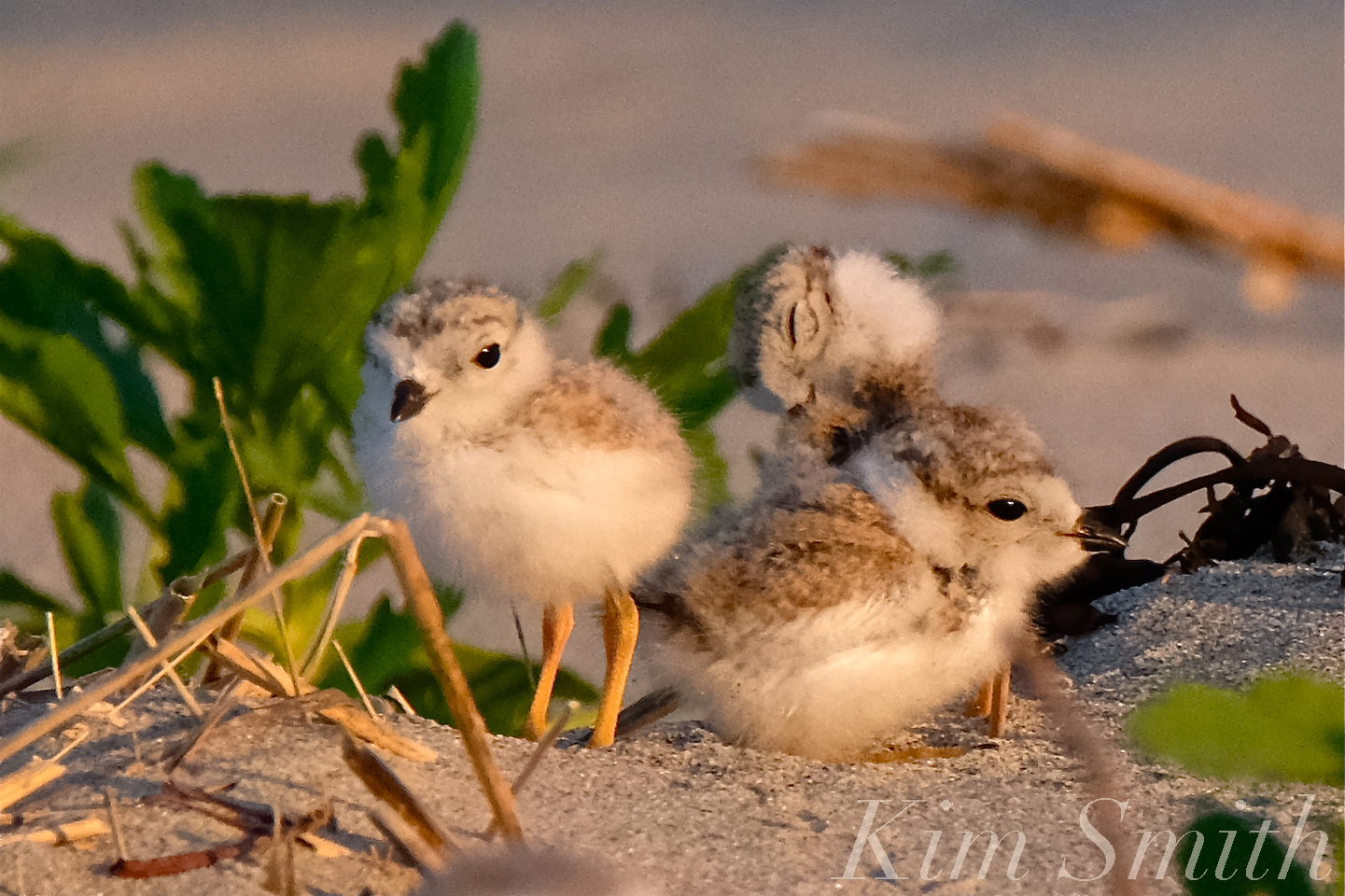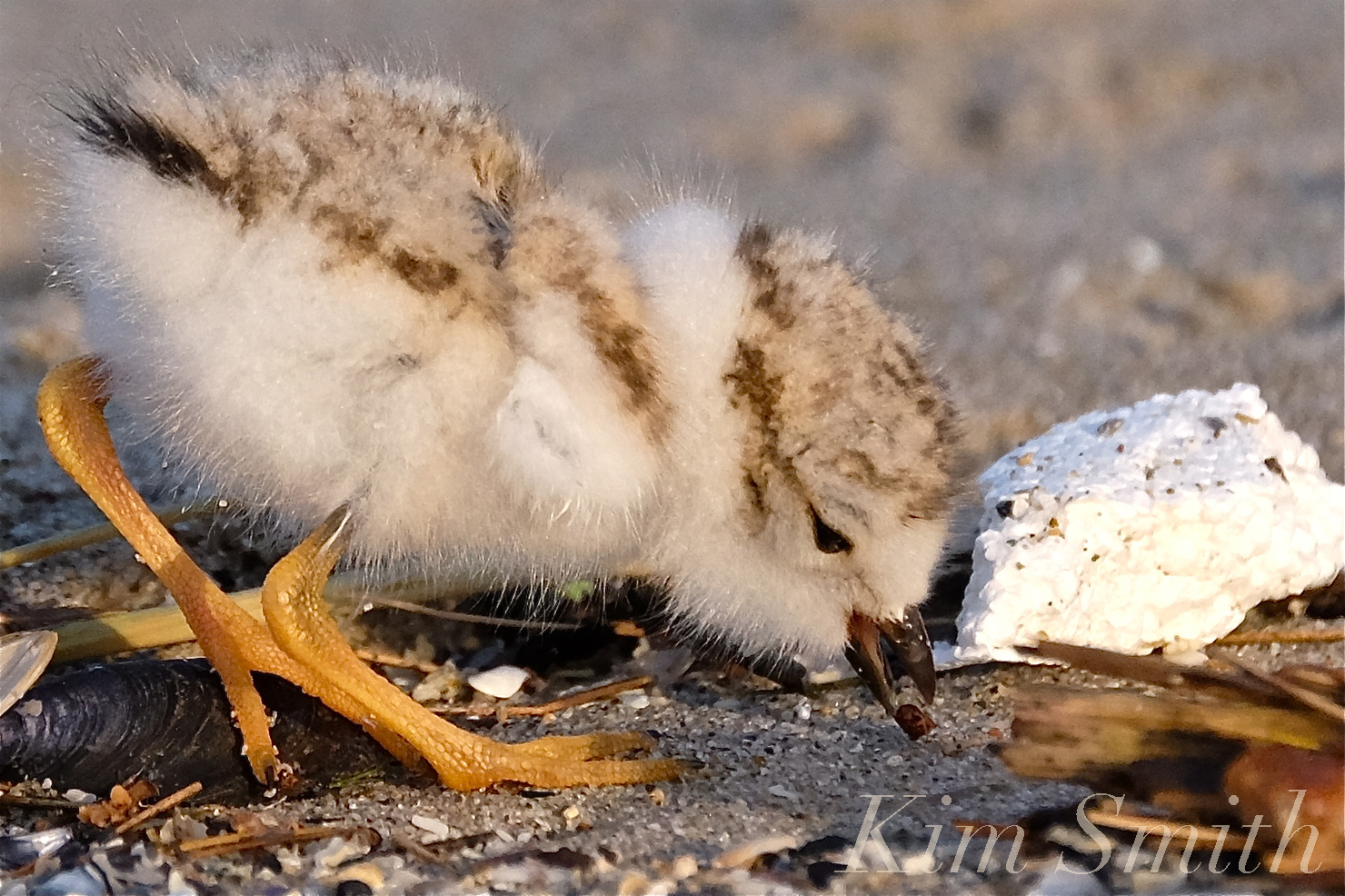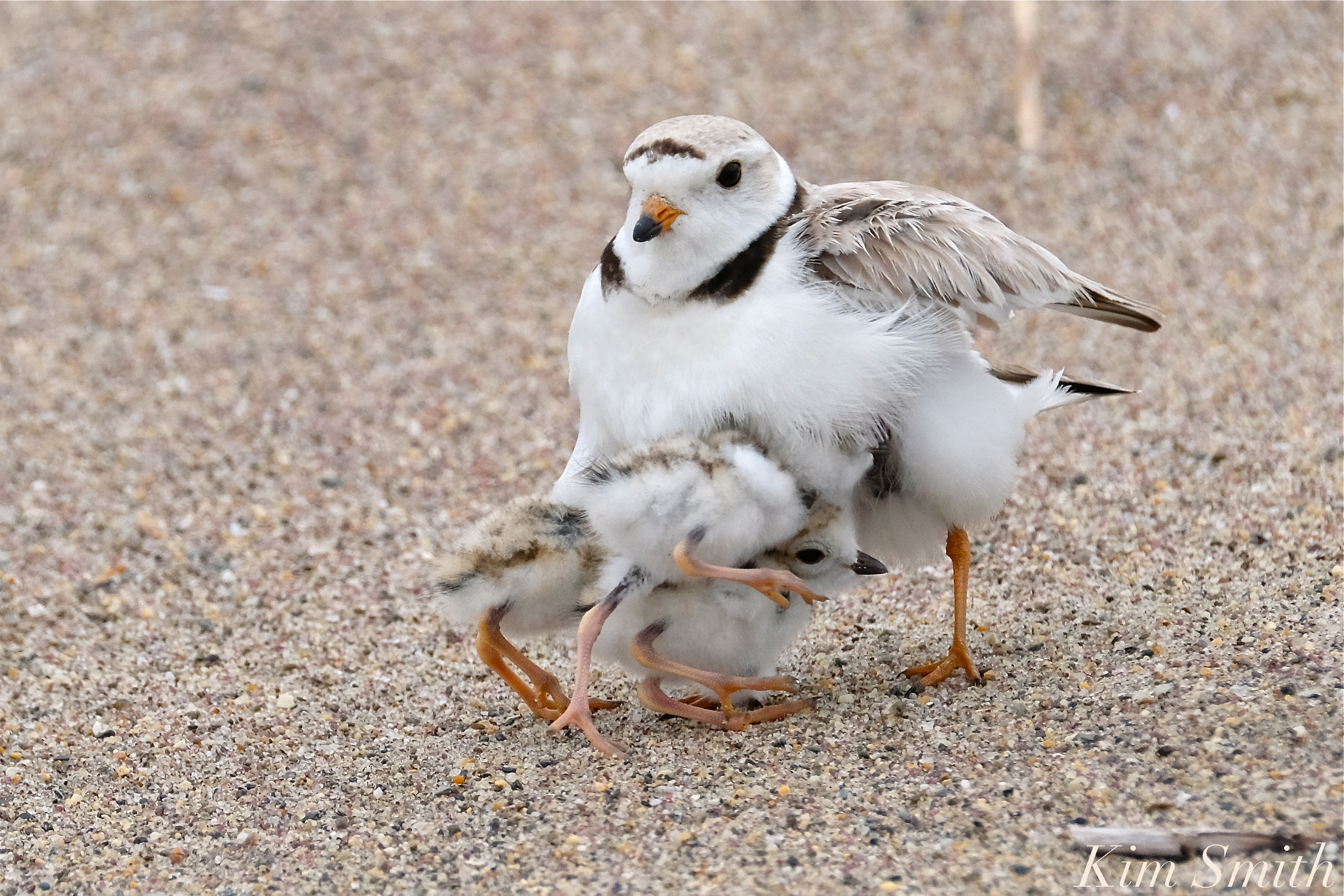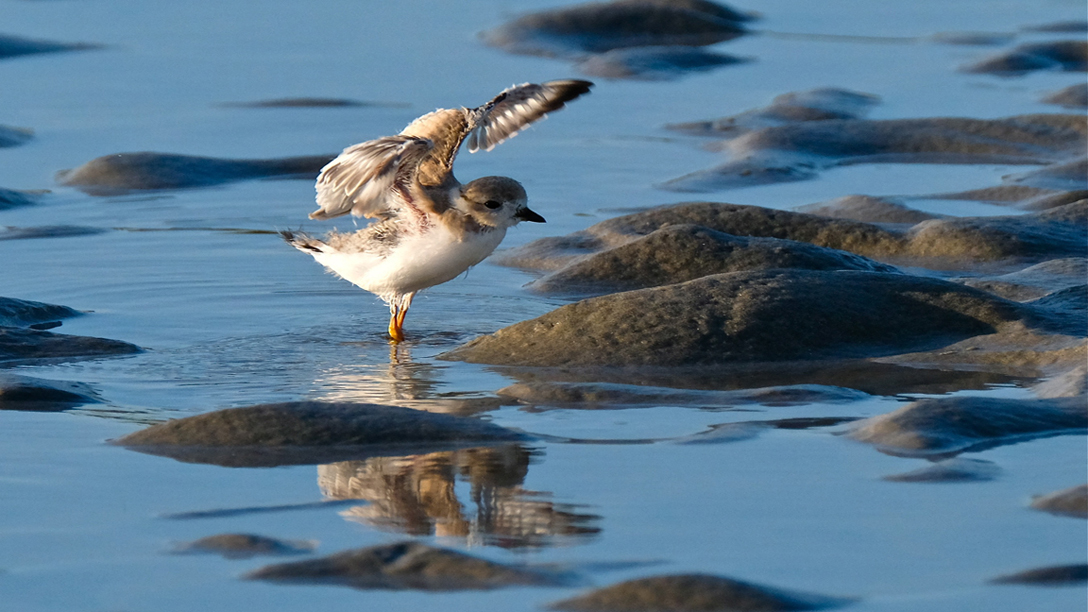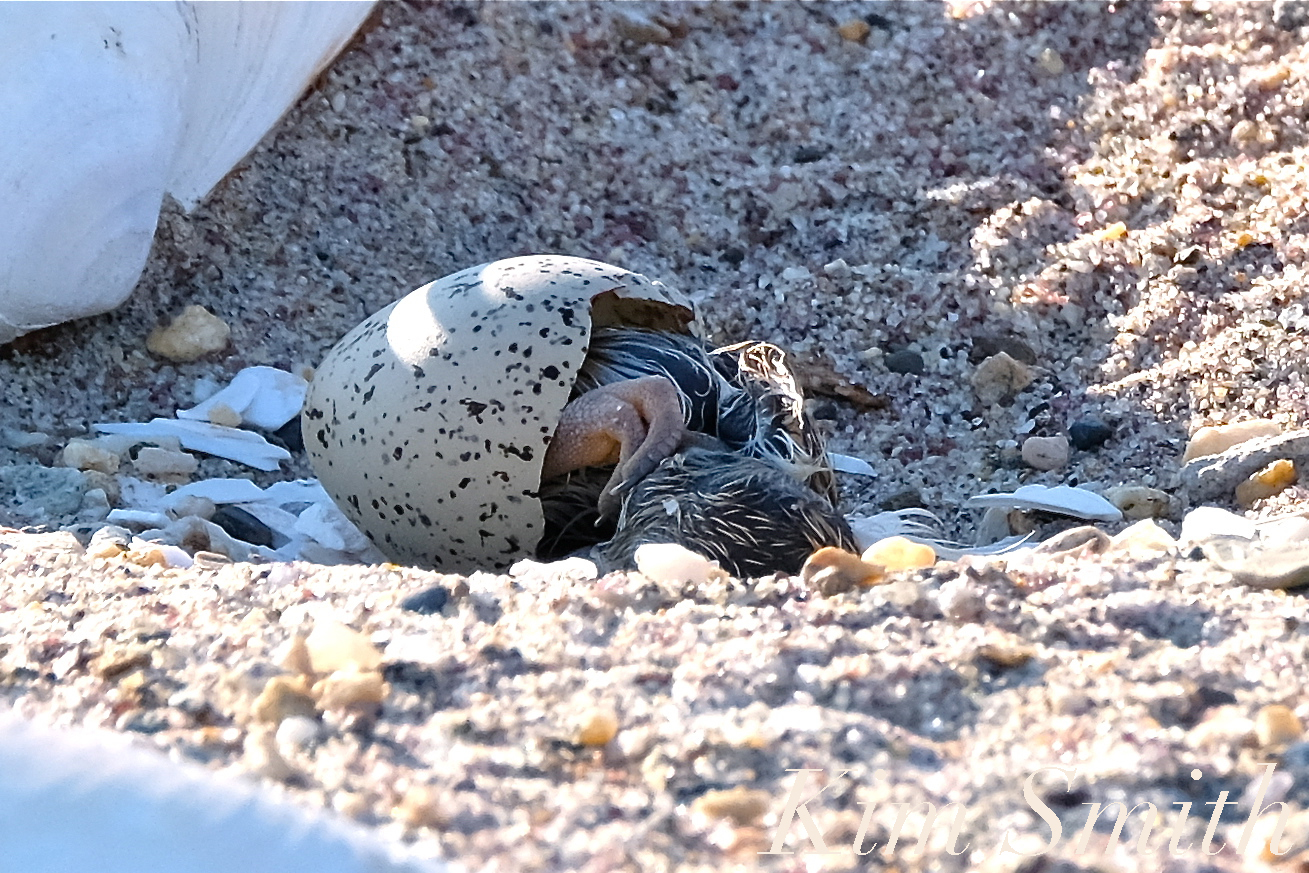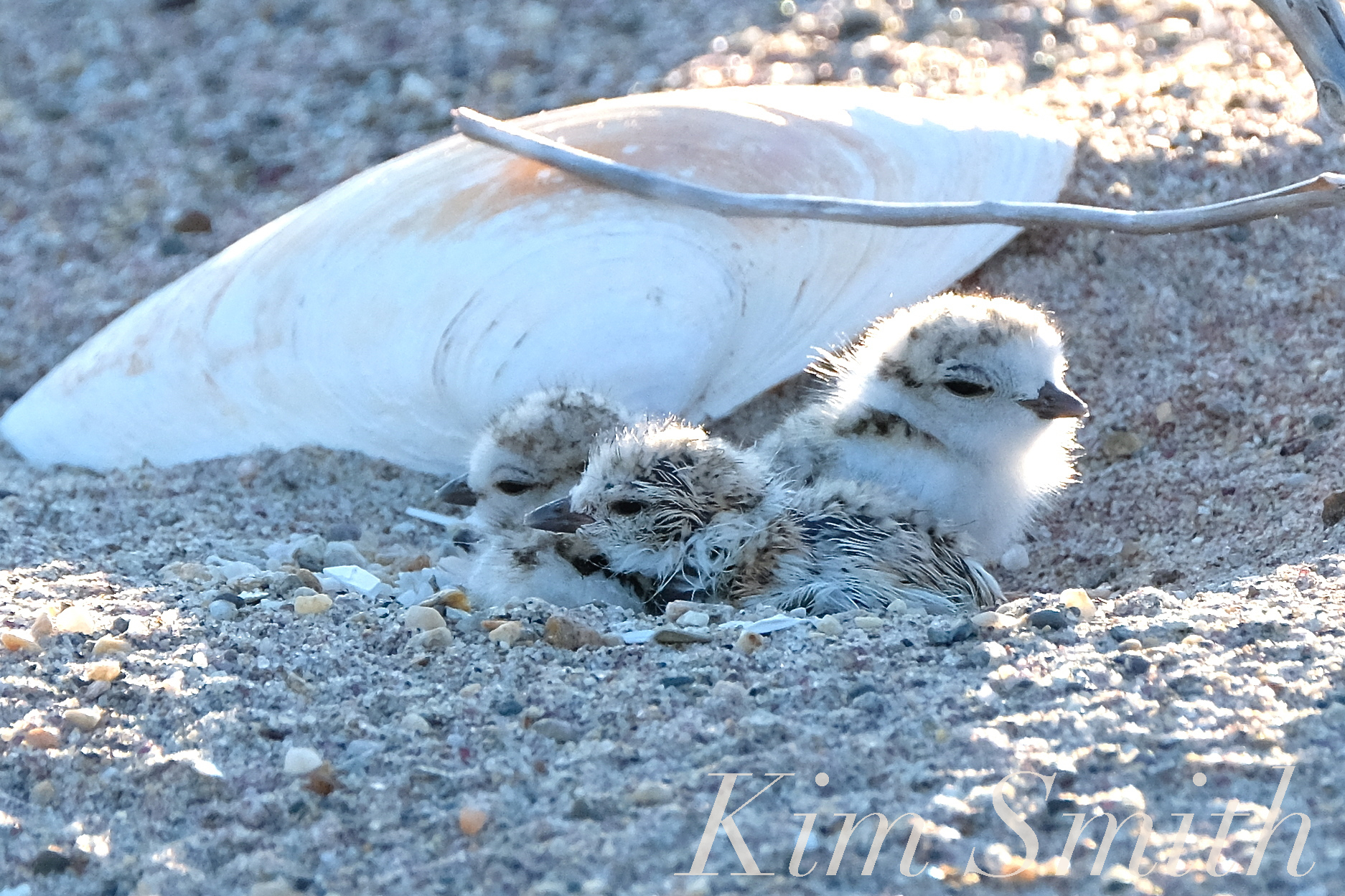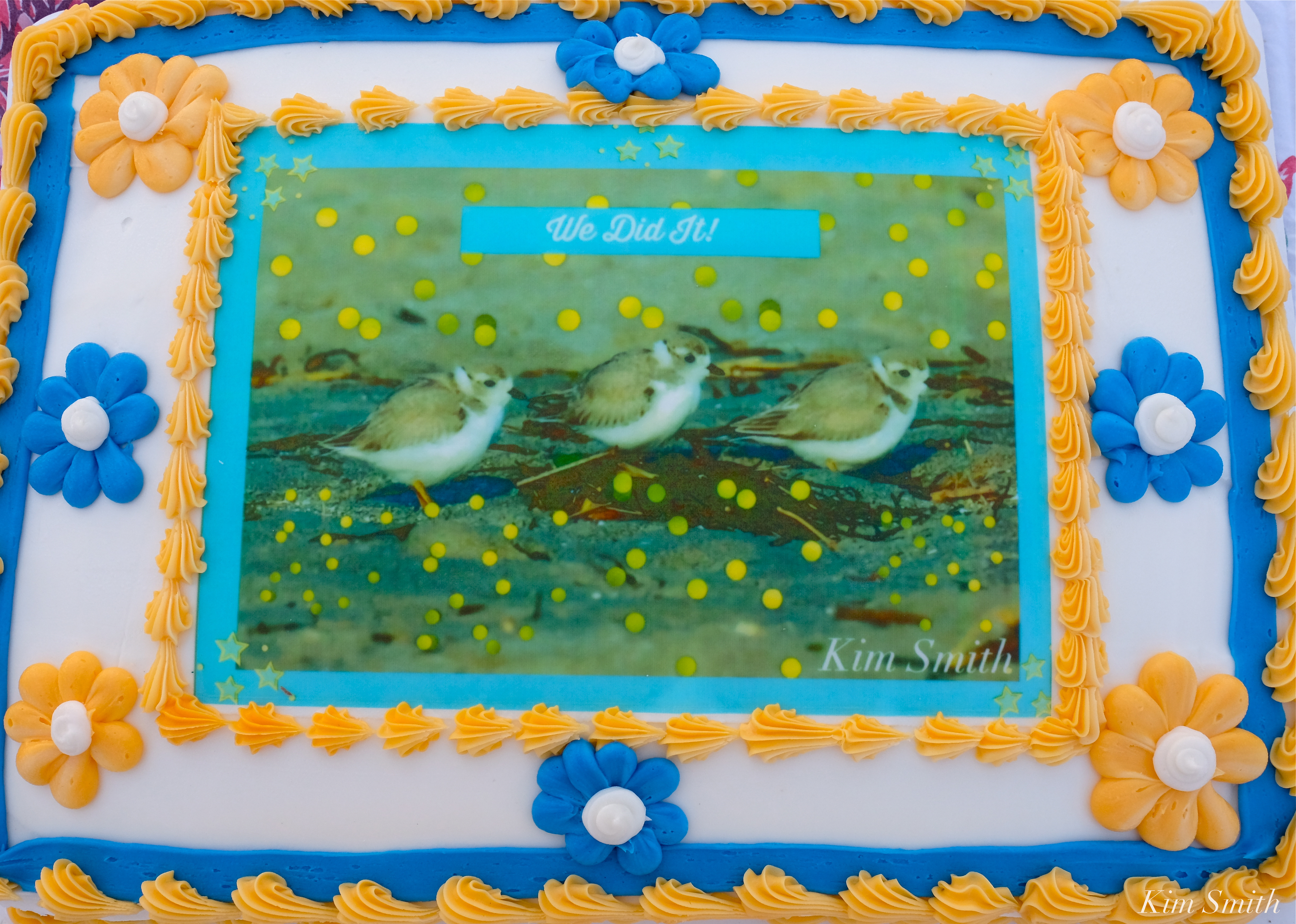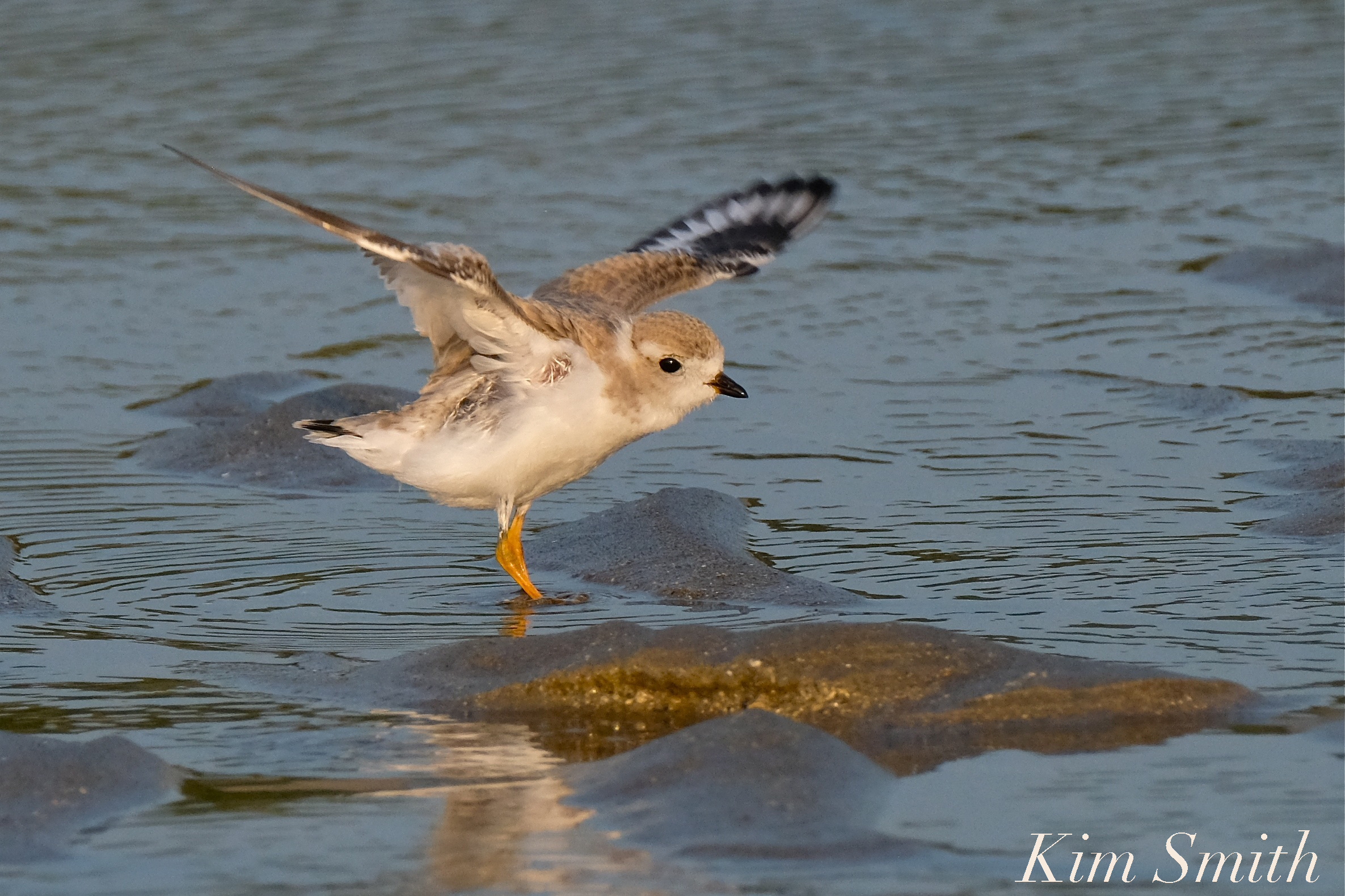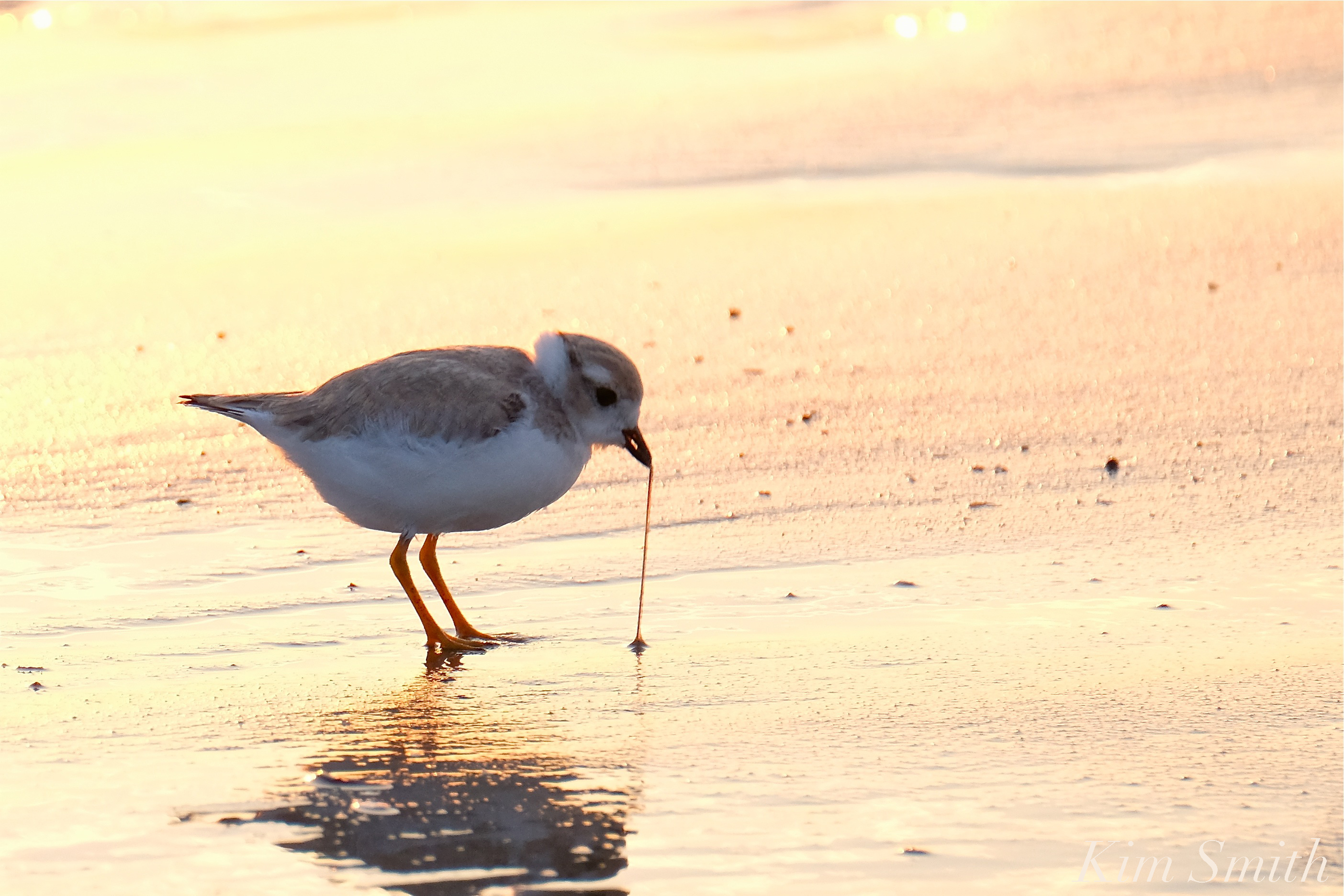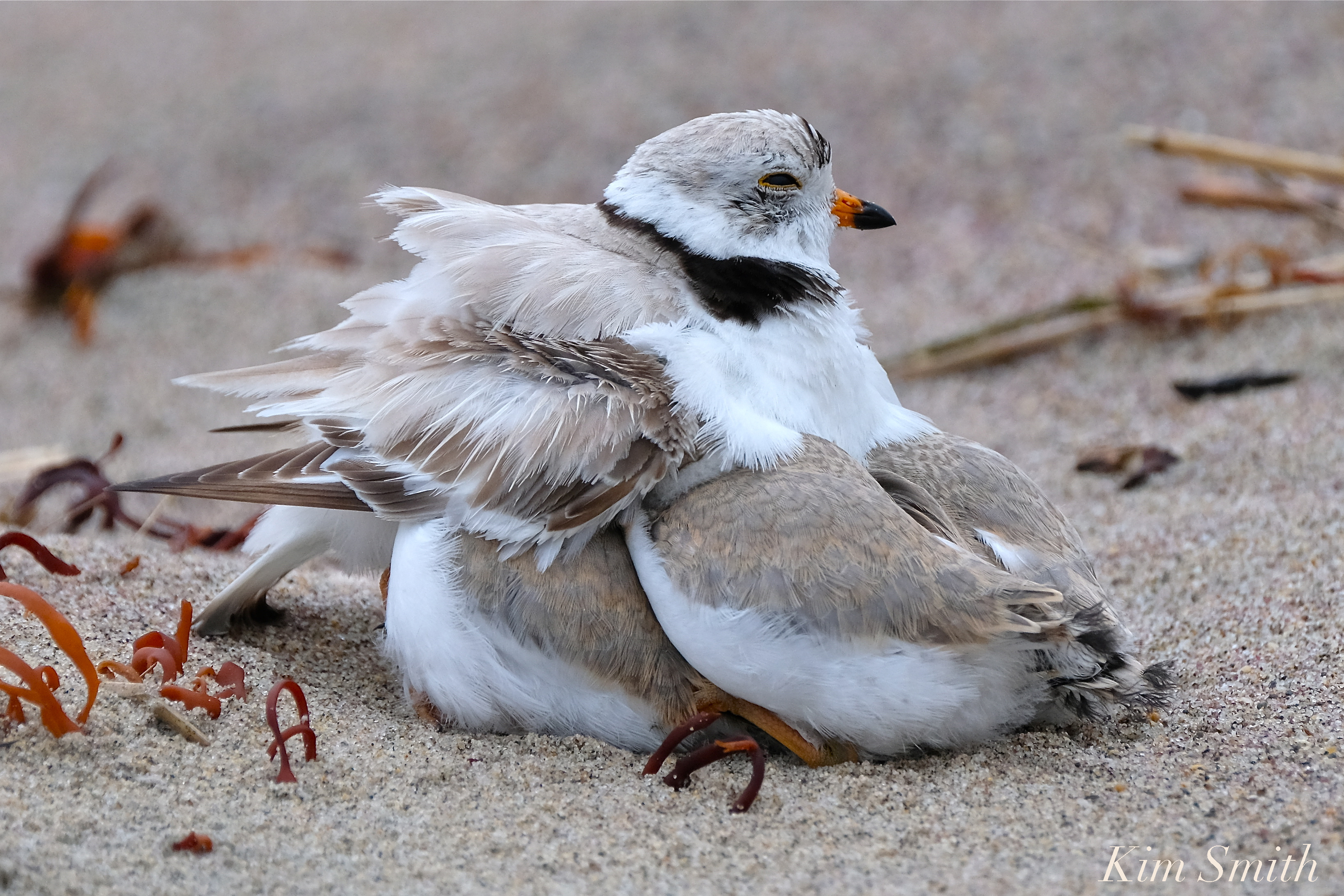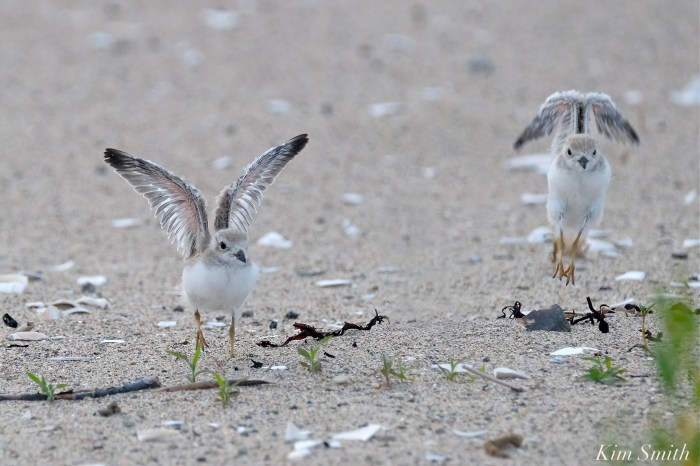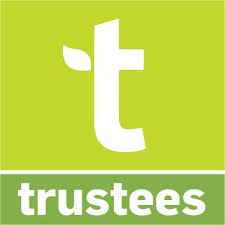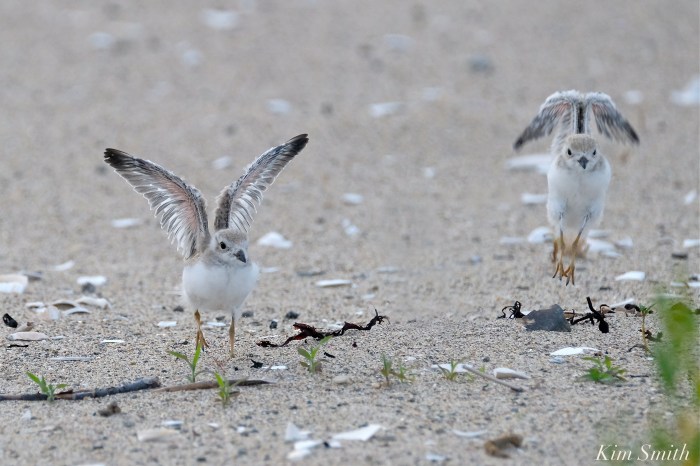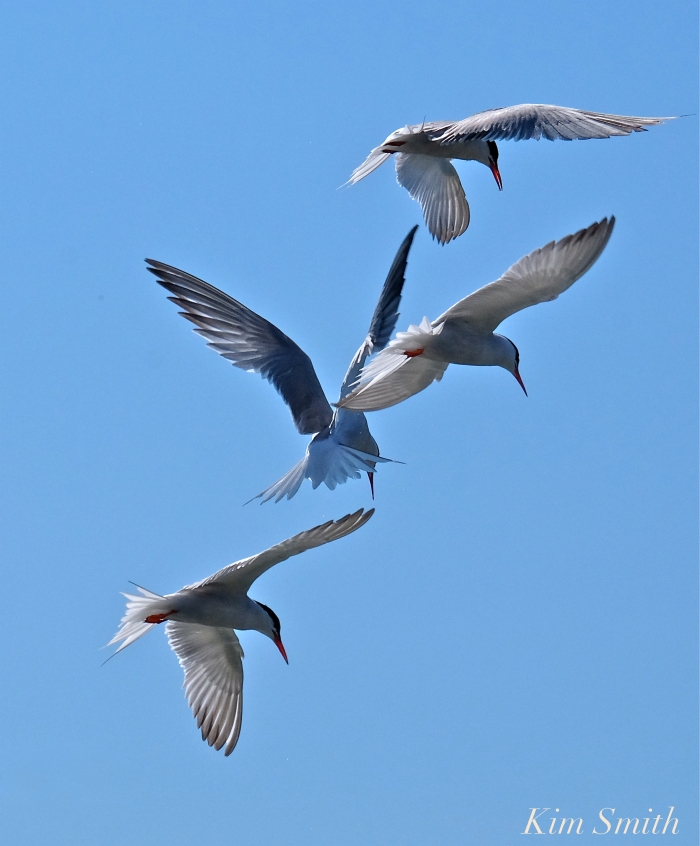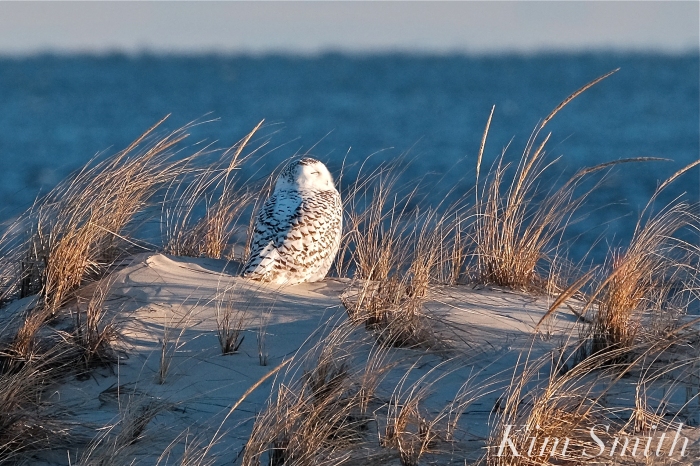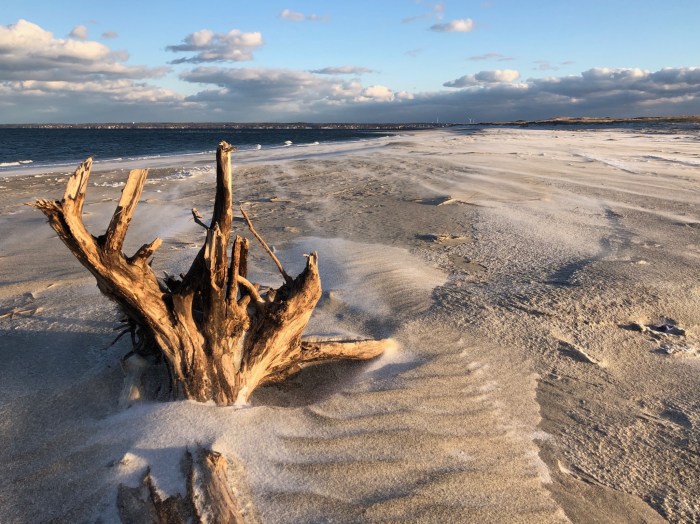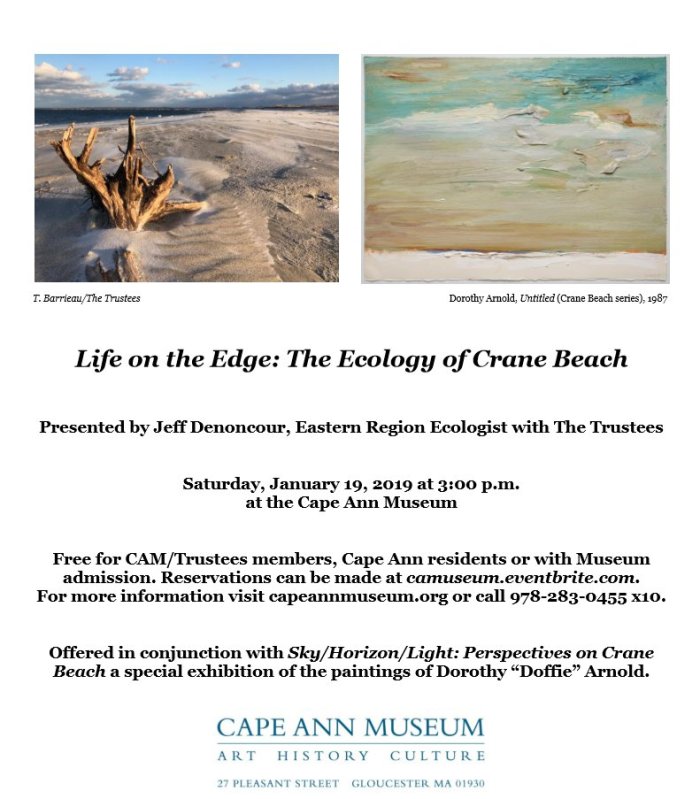
Upcoming shows and special events planned for January- check out the news from Cape Ann Museum. Become a member!
January is Membership Month! Cape Ann Residents Enjoy Free Admission All Month
GLOUCESTER, Mass. (December 19, 2018) – The Cape Ann Museum is pleased to announce that January is Membership Month, a time when all Cape Ann residents are invited to visit the Museum and participate in programs free of charge. The goal of membership month is to show the Cape Ann community the benefits of enjoying the Museum all year!
The Cape Ann Museum tells multiple stories, all relating to a single remarkable place and during the month of January all Cape Ann residents (Rockport, Gloucester, Manchester-by-the-Sea and Essex) are welcome to enjoy its galleries for free. From Cape Ann’s earliest days as a fishing and shipping port to its mid-19th century role in the granite industry, to its singular charms of light and sea that have attracted countless artists from the 19th century to the present, Cape Ann boasts a rich and varied culture of nationally significant historical, industrial, and artistic achievement. If you’ve never been to the Cape Ann Museum before, now is the time. Its collections represent the history of this remarkable place, its people, its industries and especially its art and culture—we invite you to explore!
In addition to its permanent collections, the Museum offers a rotating schedule of special exhibitions throughout the year as well as related programs and events for adults and families. This is a wonderful opportunity to visit (or revisit) the current special exhibition, The Little House: Her Story which celebrates the 75th anniversary of the publication of the Little House, written and illustrated by Virginia Lee Burton and the newly opened exhibition Once Upon a Contest: Selections from Cape Ann Reads, award-winning children’s books by local artists and writers inspired by the 2017 Cape Ann Reads original picture book competition. Also on display are the paintings of Crane Beach by Dorothy Arnold in the special exhibition Sky, Horizon, Light: Perspectives on Crane Beach.
Whether you are looking to spend a quiet day of contemplation after the busy holiday season, wishing to share a bit of your home town with guests or have lived here for years but just never visited, the Cape Ann Museum welcomes you for a visit celebrating you and this wonderful place in which you chose to live.
In addition to free admission, the Museum has lined up a full schedule of programming for visitors to enjoy:
Wednesdays from 4:00 p.m. to 4:30 p..m.
Story Time in the Gallery
Young visitors are invited to join CAM staff and special guests for story time in the gallery. Offered in conjunction with The Little House: Her Story and Once Upon a Contest: Selections from Cape Ann Reads. Free and open to the public. Museum closes at 5:00 p.m.
Saturday, January 5 at 10:30 a.m.
Winter Shorts Gallery Tours
Join CAM docents for three 20-minute themed mini tours. Topics include: artists who captured similar subjects; provocative portraits; and Virginia Lee Burton as teacher. Free for Museum Members and Cape Ann residents or with Museum admission. Reservations recommended and can be made at camuseum.eventbrite.com.
Saturday, January 5 from 3:00 – 5:00 p.m.
Opening Reception – Once Upon a Contest: Selections from Cape Ann Reads
Join us for a celebration of the award-winning children’s book authors and illustrators inspired by the 2017 Cape Ann Reads original picture book competition. Free for Museum members and Cape Ann residents or with Museum admission.
Wednesday, January 9, 6:30 – 8:30 p.m.
Appraisal Night with Brattle Book Shop’s Ken Gloss
Join Antiques Road Show veteran Ken Gloss for a closer look at antique books and manuscripts, with special emphasis on children’s literature. Offered in conjunction with The Little House: Her Story. Free for Museum members and Cape Ann residents; $10 nonmembers/nonresidents. Reservations required and can be made at camuseum.eventbrite.com.
Thursday, January 10 at 10:30 a.m.
Young at Art: At the Beach
Toddlers and caregivers are invited to take a closer look at Sky, Horizon, Light: Perspectives on Crane Beach
Free for CAM members, Cape Ann residents or with Museum admission. Space is limited. Reservations required. For more information or to make a reservation, please call 978-238-0455 x12 or email sarahflanagan@capeannmuseum.org.
Saturday, January 12 from 10:00 – 12:00 p.m.
CAMKids Second Saturdays: Cape Ann Reads
Explore the inventive worlds of children’s book illustrators in the Cape Ann Reads exhibition then create your own storybook in the Activity Center. This program is free and open to the public. For more information or to make a reservation, please call 978-283-0455 x16 or email sarahflanagan@capeannmuseum.org.
Saturday, January 12 from 2:00 – 4:00 p.m.
Blockprinting Demonstration
Drop by to see blockprinting in action with artist Mary Rhinelander. Offered in conjunction with The Little House: Her Story. Free for Museum members and Cape Ann residents or with Museum admission.
Friday, January 18 from 10:00 a.m. – 12:00 p.m. and 2:00 – 4:00 p.m.
Surveying the Collections: Historic Quilts
On select Fridays through April, the public is invited to observe CAM curatorial staff as they survey the collection. Join us for one session or all four to gain a better understanding of the Museum’s holdings. Free for Museum members, Cape Ann residents or with Museum admission.
Saturday, January 19 at 10:30 a.m.
Winter Shorts Gallery Tours
Join CAM docents for three 20-minute themed mini tours. Topics include: practical art objects; cloud paintings; and artwork in the Captain Elias Davis House. Free for Museum Members and Cape Ann residents or with Museum admission. Reservations recommended and can be made at camuseum.eventbrite.com.
Saturday, January 19 at 3:00 p.m.
Perspectives on Crane Beach Ecology
Join Trustees’ coastal ecologist Jeff Denoncour for an overview of Crane Beach. Offered in conjunction with Sky, Horizon, Light: Perspectives on Crane Beach. Free for Museum members and Cape Ann residents; $10 nonmembers/nonresidents. Reservations required and can be made at camuseum.eventbrite.com.
Saturday, January 26 at 10:30 a.m.
Winter Shorts Gallery Tours
Join CAM docents for three 20-minute themed mini tours. Topics include: Cape Ann granite; the year 1804; and I spy. Free for CAM Members and Cape Ann residents or with Museum admission. Reservations recommended and can be made at camuseum.eventbrite.com.
Saturday, January 26 at 1:00 p.m.
Family Tour
Enjoy an animated family tour of the Museum to explore paintings, sculptures and maritime objects. Created for children ages 3 – 12 with a caregiver. This 30-minute tour ends in the Activity Center for art projects and play. Free for CAM members or with Museum admission. Reservations required. For more information or to make a reservation, please call 978-283-0455 x16 or email sarahflanagan@capeannmuseum.org.
Saturday, January 26 at 1:00 p.m.
A Conversation with the Curators
Gallery A4 Chief Curator Michiyo Okabe and Atsuko Tanaka join CAM Curator Martha Oaks to discuss the cultural collaboration behind The Little House: Her Story. Free for Museum members and Cape Ann residents; $10 nonmembers/nonresidents. Reservations required and can be made at camuseum.eventbrite.com.
About the Cape Ann Museum
The Cape Ann Museum has been in existence since the 1870s, working to preserve and celebrate the history and culture of the area and to keep it relevant to today’s audiences. Spanning 44,000 square feet, the Museum is one of the major cultural institutions on Boston’s North Shore welcoming more than 25,000 local, national and international visitors each year to its exhibitions and programs. In addition to fine art, the Museum’s collections include decorative art, textiles, artifacts from the maritime and granite industries, two historic homes and a sculpture park in the heart of downtown Gloucester. Visit capeannmuseum.org for details.
The Museum is located at 27 Pleasant Street in Gloucester. Hours are Tuesday through Saturday from 10:00 a.m. to 5:00 p.m., and Sundays from 1:00 p.m. to 4:00 p.m. Admission is $12.00 adults, $10.00 Cape Ann residents, seniors and students. Youth (under 18) and Museum members are free. For more information please call: (978)283-0455 x10. Additional information can be found online at http://www.capeannmuseum.org.
Spread The GMG Love By Sharing With These Buttons:
